Iconic camaraderie between General Soleimani and Abu Mahdi Al-Muhandis
By Syed Zafar Mehdi
Jamal Jaafar Ibrahimi, commonly known by his nom de guerre Abu Mahdi al-Muhandis, preferred anonymity and low-keyness in life despite being one of the most powerful and influential military commanders in Iraq.
The deputy chief of Hashd e Shaabi, an umbrella group of Iraqi resistance outfits, Muhandis was instrumental in the decimation of the Daesh Takfiri group in Iraq, rubbing shoulders with Iran's top anti-terror commander General Qassem Soleimani.
Notwithstanding his hallowed stature in the resistance camp and heroics on the battlefield, Muhandis considered himself a "soldier" of General Soleimani, the chief of the IRGC Quds Force, who was the main target of the Jan. 3 drone strike authorized by then-US President Donald Trump.
In a documentary film broadcast on Iran's state TV in April 2017, the celebrated Iraqi military commander beamed as he spoke about his camaraderie with General Soleimani, fondly called 'Haj Qassem', his close association with Islamic Revolution and admiration for Imam Khomeini.
Being a "soldier" of General Soleimani, Muhandis affirmed with a hint of pride and humility, was "a blessing from God", while reaffirming his allegiance to the system of Velayat e Faqih (Guardianship of the Islamic Jurist).
It won't be an exaggeration to state that Muhandis was a symbol of unity and synergy between Iran and Iraq that arrogant Western powers have long tried to shatter, even using pawns and puppets like Saddam Hussein.
The fallen commander of the resistance axis, who shuttled between Iran and Iraq, was the embodiment of bravery, piety, patriotism and steadfastness. He demonstrated it while kicking out Daesh terrorists from Mosul or while helping flood-hit people in Khuzestan.
The famed Iraqi commander's ties with Iran and the Islamic Revolution dated back to the Iran-Iraq War in the 1980s when the West-backed Baathist regime in Baghdad unleashed unutterable horror on Iranians, using chemical and biological weapons supplied by Europeans and Americans.
He fought alongside Iranian forces against the Saddam-led Baathist regime and also against MKO terrorists, both responsible for tens of thousands of deaths in Iran. MKO is now sheltered by the US military-industrial complex in Albania.
But what brought Muhandis into the limelight was the no-holds-barred battle against the West-backed Daesh Takfiri terrorist group in Iraq, even while operating under the imposing shadow of General Soleimani, who he proudly considered as his "commander".
Be it the protracted battle in Fallujah, which marked Abu Bakr Al-Baghdadi's first foray toward establishing the self-proclaimed "Islamic Caliphate" in 2014, or the bloody military campaign in Mosul, Iraq's second-largest city that saw the terrorist group unleash unutterable horror and destruction, Muhandis stood on the frontline, as General Soleimani directed the anti-Daesh operations.
Both anti-terror commanders complemented each other perfectly and led from the front, which boosted the morale of soldiers, including volunteer fighters, under the most challenging conditions and against heavy odds.
"The popular mobilization (Hashd) could not have carried out such big operations without support from the Islamic Republic of Iran, above all Ayatollah Seyyed Ali Khamenei who ordered the Al-Quds forces to back PMF," Muhandis said in an interview with Al-Mustaqbal after the liberation of Tikrit in April 2015, acknowledging Iran's military, intelligence and logistical support.
After the terrorist group was decimated in Iraq, Muhandis lauded the historic decree issued by the country's top cleric Ayatollah Sayyid Ali Sistani in galvanizing Iraqi youth against the Takfiri terrorist group.
The glorious victory of the resistance axis against Daesh bore eloquent testimony to the strategic vision of top clergy in both Iran and Iraq.
Muhandis had the highest regard for both Ayatollah Khamenei and Ayatollah Sistani. Iran's Supreme Leader once told him he remembers him by name in prayers every night. That showed mutual admiration between them.
However, despite, or should I say, because of his battlefield heroics against the Daesh terrorist group, Muhandis was a "designated terrorist" for the United States, which lends credence to reports of close collusion between the US and Daesh.
"He’s a designated terrorist. That’s how we think about him. But he’s there, so he’s got to be accounted for," Col. Steve Warren, a spokesman for the US-led coalition forces, was quoted as saying by the Wall Street Journal in June 2016.
The WSJ report at the time described Muhandis as the "singular leader, arranging logistics and military plans" for Hashd e Shaabi (PMU) as well as being the "right-hand man" of General Soleimani.
While the legendary Iraqi military commander's association with Iran and General Soleimani has been widely documented, he also shared close ties with other leaders of the resistance axis, from Palestine to Yemen to Lebanon.
In an interview with Lebanese broadcaster Al-Mayadeen in January 2017, Muhandis admitted that Hashd e Shaabi had “benefited greatly” from Hezbollah's support - in terms of weapons, training and planning - which he said proved critical in the group's battle-readiness against the Daesh Takfiri group.
On a more personal level, Muhandis said he was "honored" to share a "long-standing" relationship with Hezbollah chief Sayyed Hassan Nasrallah, calling him the "leader of the resistance axis". An undated photo of them has been widely shared on social media.
He also spoke highly of two famed Hezbollah military commanders, Imad Mughniyeh and Mustafa Badreddine, calling them “great martyrs.”
"The goals of Iran, Hezbollah and PMU in Iraq are to preserve the land, to end the wars, and to restore stability to the region," he asserted in the interview.
Muhandis' bond with the Islamic Republic, however, was the most special and unshakable, reflected by his heartfelt remarks in the freewheeling April 2017 interview with Iran's state TV.
Speaking in fluent Farsi, Muhandis expressed his desire to be buried in Behesht e Zahra, the sprawling cemetery in south Tehran home to tens of thousands of martyrs from the Iran-Iraq War, MKO bombings and the Daesh war in Iraq and Syria more recently.
"Next to Bahonar and Beheshti," he said, in an expression of unfathomable love and admiration for the two great Iranian martyrs. The wish, however, could not be fulfilled.
Along with his Iraqi comrades assassinated in the Jan. 3 strike, Muhandis was buried in the Wadi al-Salaam cemetery in the holy Iraqi city of Najaf, after a breathtakingly beautiful farewell by millions of people in both Iran and Iraq.
"To live in hearts we leave behind is not to die," wrote the early 19th-century Scottish poet Thomas Campbell. Muhandis lives on through his legacy, and through the cause he and his hero General Soleimani lived for, fought for, and laid down their lives for.
Syed Zafar Mehdi is a Tehran-based journalist, political commentator and author. He has reported for more than 12 years from India, Afghanistan, Pakistan, Kashmir and Middle East for leading publications worldwide.
(The views expressed in this piece do not necessarily reflect those of Press TV.)
Hamas thanks Iran, Resistance Front following achievement of ceasefire in Gaza
'Capitulation': Israeli officials and media concede Gaza defeat as truce unfolds
'Gaza has won': Social media users react to ceasefire with mix of relief, joy
Iran seeks South Korea’s assistance for AI, fiber-optic projects
VIDEO | Iran's 'Eqtedar' (Power) maneuver
Israel hits HTS military target in Syria for 1st time since fall of Assad
VIDEO | Press TV's news headlines
Israel has slaughtered 13,000 students in Gaza, West Bank


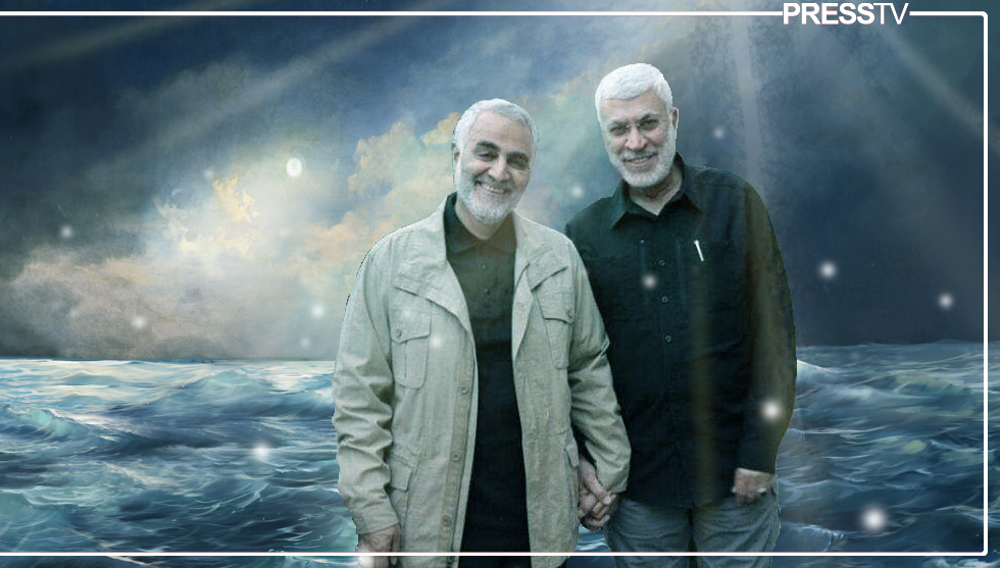

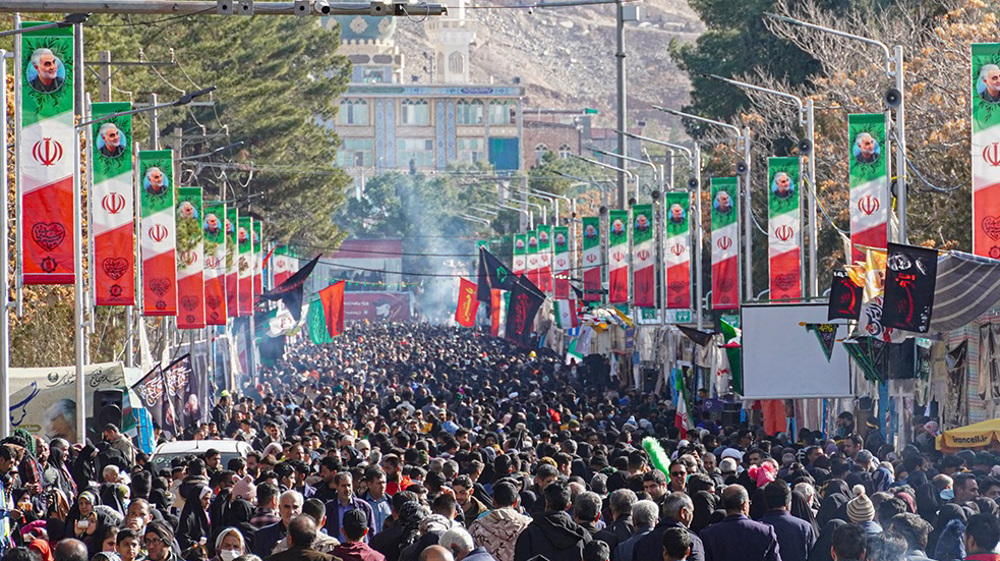
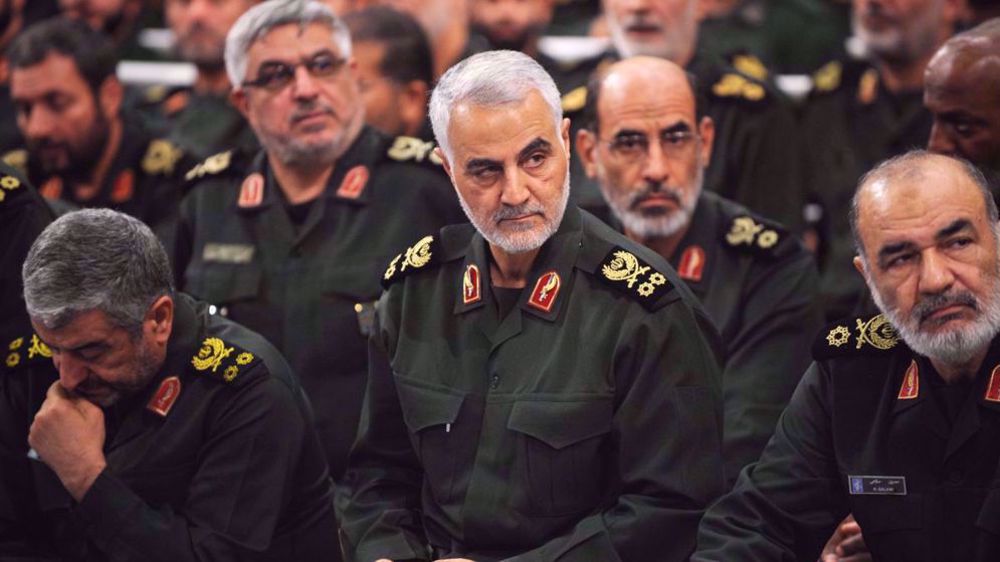



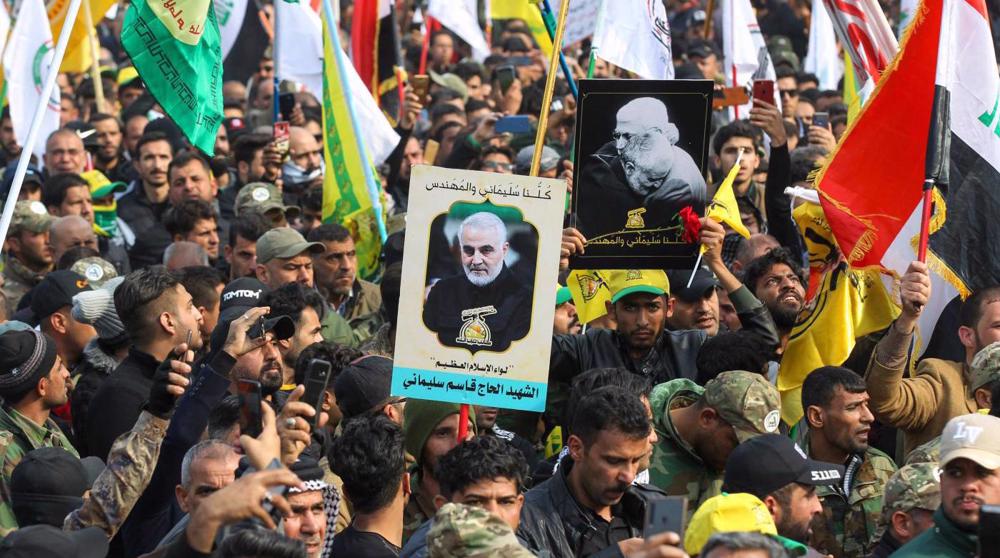
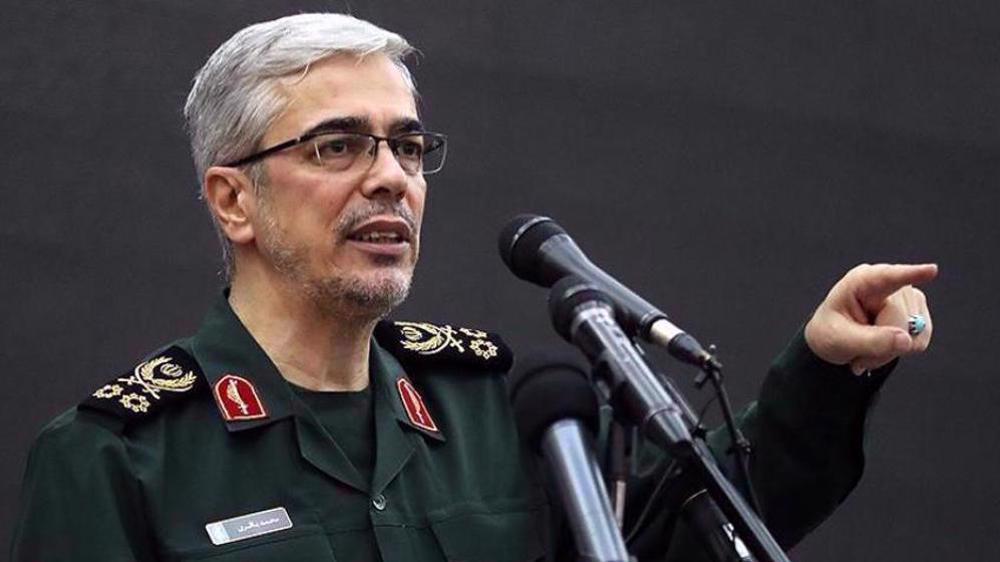
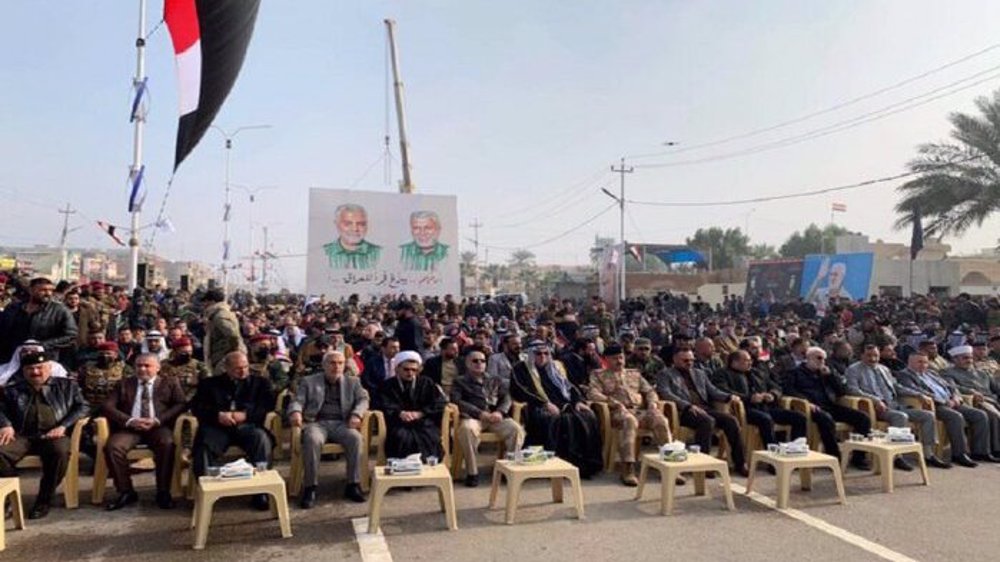
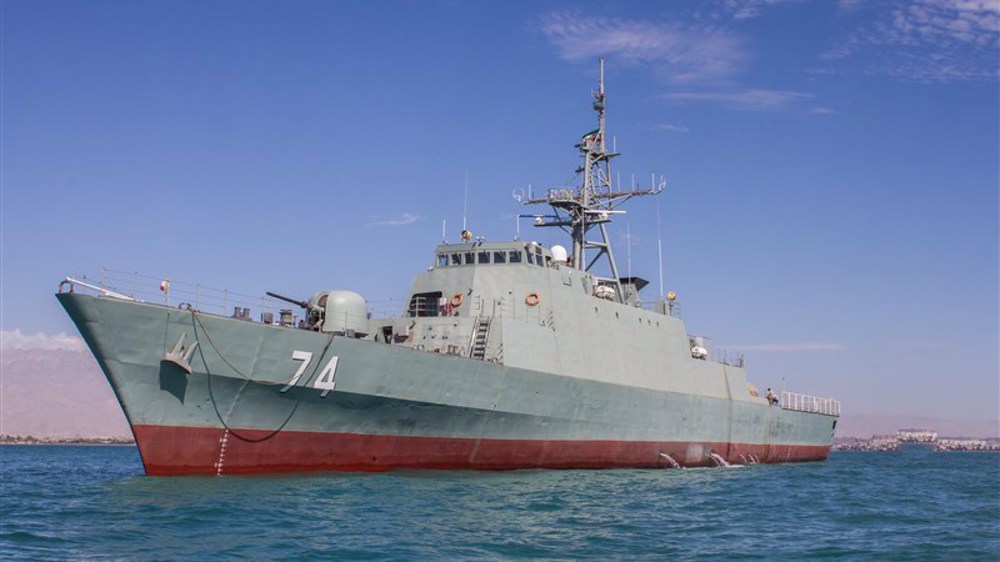
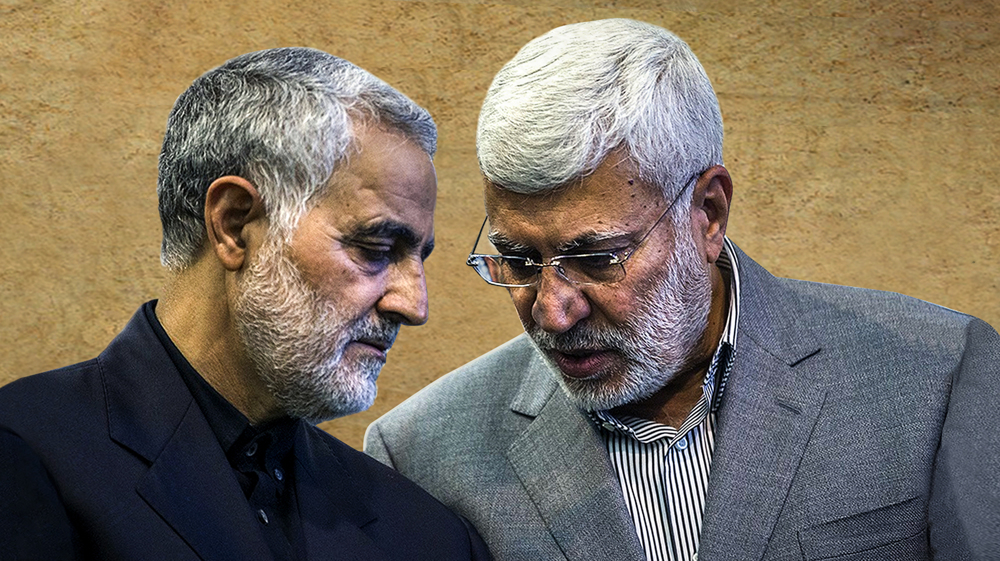

 This makes it easy to access the Press TV website
This makes it easy to access the Press TV website